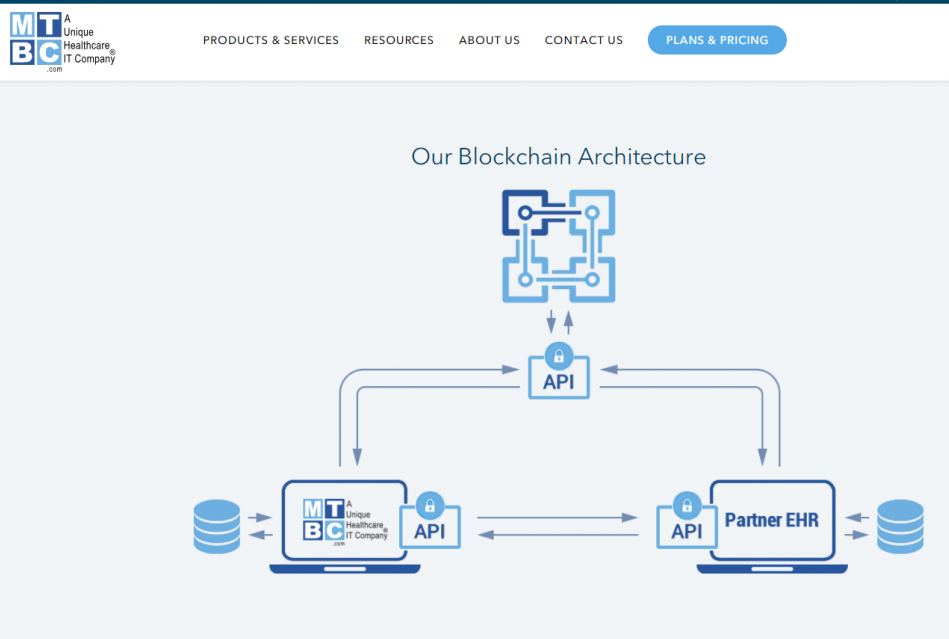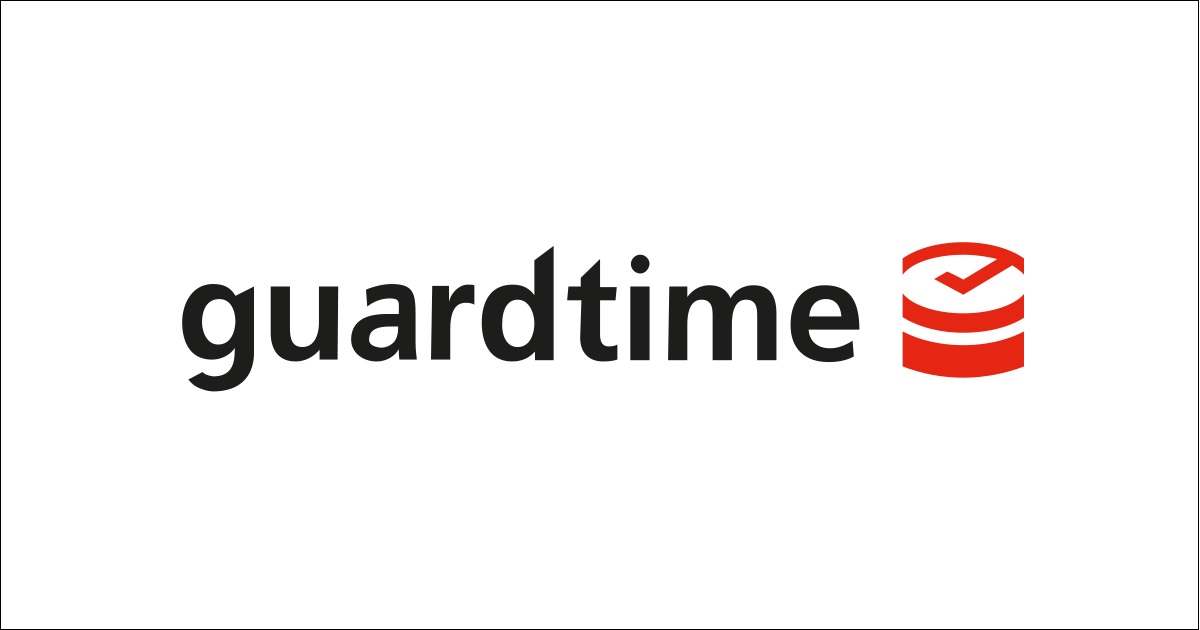Healthcare can be a complex and convoluted industry. The systems put in place for our health are outdated in terms of security, efficiency, and cost.
Article Contents
Blockchain healthcare use cases are being discovered by the day, and with them the entire healthcare system can be completely overhauled. Many healthcare and blockchain companies are currently working on or have already released blockchain-based systems to improve healthcare for both professionals and patients. By decentralizing patient health history, tracking pharmaceuticals, and improving payment options, blockchain is becoming a valuable tool for healthcare, revolutionizing the industry worldwide.
Blockchain to Improve Medical Record Access
Entities involved: MIT Media Lab, Robert Wood Johnson Foundation
Project status: MedRec 2.0 is currently being tested on databases. Its code is open-source and currently hosted at the Israel Deaconess Medical Center. Its developers are currently hoping to further build the program and then deploy it on a network.
Sources: MedRec site
One of the most popular healthcare use cases for blockchain is patient data management. Medical records tend to be separated by health agencies, making it impossible to determine a patient’s medical history without consulting their previous care provider. This process can take a significant amount of time, and may often result in mistakes due to human error.
Developed on the Ethereum blockchain, MedRec is a “system that prioritizes patient agency, giving a transparent and accessible view of medical history.” MedRec is intended to store all of a patient’s information in one place, making it simpler for patients and doctors to view. In its current design, providers maintain the blockchain through the Proof of Authority (PoA) mechanism.
Blockchain in Healthcare: Cutting Costs
Entities involved: SimplyVital Health
Project status: ConnectingCare is currently available for use through the SimplyVital Health website. SimplyVital Health has launched an ICO as the first of its four road map phases till Health Nexus’ eventual release, which is expected in 2019.
Sources: SimplyVital Health site
SimplyVital Health has two projects running on the blockchain technology. ConnectingCare, according to CTO of SimplyVital Health Lucas Hendren, “uses care coordination and financial forecasting to help providers in bundled payments get insight into what happens to patients when they leave the hospital.” It is currently on the market, helping healthcare providers determine how much a patient’s care will cost them when bundled with multiple organizations.
Upon the release of ConnectingCare, SimplyVital Health was able to collect data on the blockchain and determine what was needed for their next project, Health Nexus. Health Nexus stores a patient’s information on a blockchain for all the parties to view. It also will possibly allow patients to sell their data to researchers for profit.
Improving Medical Record Keeping with Blockchain
Entities involved: Taipei Medical University, Digital Treasury Corporation
Project status: The project is completed, and the services can be accessed through the phrOS website.
Sources: phrOS site
The Taipei Medical University Hospital and Digital Treasury Corporation (DTCO) have recently released phrOS. It aims to increase transparency between medical institutions by putting all of a patient’s medical information on a blockchain.
It includes images, as well as various information concerning a patient’s condition. The information can be accessed by doctors and the patients themselves through a mobile app. It also increases the security of medical information through the Decentralized Ledger Technology (DLT).
Blockchain and Healthcare can be Used for Relief Efforts
Entities involved: U.S. Department of Defense, US Defense Logistics Agency
Project status: At the moment, the DD and DLA are looking at the potential uses of blockchain technology. No further news concerning development has been reported.
Sources: DLA press release
Using Hurricane Maria relief efforts as a point of reference, the Department of Defense (DD) in conjunction with the Defense Logistics Agency (DLA) analyzed the potential of blockchain for future relief efforts. Currently, the DLA tracks logistics through centrally managed systems, which are split between multiple agencies. This makes it difficult for relief services to collaborate efficiently.
A blockchain-based system would allow for data to be added and tracked through a ledger, thereby providing a live feed of multiple agencies’ relief efforts. It can have the potential to save lives and money.
You may also like:
Blockchain in Logistics: 10 Real-Life Use Cases
10 examples of how blockchain can be implemented in the logistics sector.
Blockchain to Stop Counterfeit Drugs
Entities involved: FarmaTrust
Project status: An ICO has been developed, and the FarmaTrust token is now listed on Liquid.
Sources: Liquid press release, FarmaTrust progress report
It is estimated that tens of thousands of people die each year due to counterfeit drugs. FarmaTrust intends to end that with their blockchain.
FarmaTrust’s blockchain will be broken down into four different sections. Regulatory Compliance aids pharmaceutical companies by ensuring they are working within guidelines established by the government. Track and Trace uses the blockchain to manage inventory wherever it goes. Supply Chain Visibility tracks when a medicine has been changed or altered in any way. And finally, Consumer Confidence App allows customers to see the lifecycle of their medication.
Making Electronic Health Records More Accessible with Blockchain

Entities involved: MTBC
Project status: The project can be accessed on MTBC’s website.
Sources: MTBC press release
Electronic health records (EHR) can be hard to manage. One healthcare provider’s EHR for a patient may differ from the same patient’s other provider. MTBC intends to change that by using Application Program Interfaces (API) and blockchain. The idea is to put the control in the patient’s hands. A patient will have the ability to allow the transfer of records from one doctor to another. The blockchain API runs on the Hyperledger platform and is currently available.
Tracking Clinical Trials and Pharmaceuticals with Blockchain
Entities involved: Ambrosus
Project status: Ambrosus has an abundance of blockchain systems currently available, however, the company is trying to adapt them to the pharma industry.
Sources: Ambrosus article
Multinational Internet of Things supply chain manufacturer Ambrosus currently offers a variety of blockchain platforms on their website. However, the company is very eager to expand their uses for the pharmaceutical industry. The company is currently in talks with large pharmaceutical suppliers in relation to launching a pilot program utilizing their current products.
Tracking Medical Credentials with Blockchain
Entities involved: Hashed Health
Project status: The product is available on Hashed Health’s website, as is a multitude of other healthcare-centred blockchain products.
Sources: Hashed Health Advisory Services
Hashed Health, a health-focused blockchain development company, intends to make credentials in the health sector more transparent and easily accessible. With Professional Credentials Exchange, members of the chain can verify the credentials and track records of various health professionals. This streamlines the hiring process, as well as provides an unalterable history of a professional’s healthcare career history.
Blockchain and Healthcare to Enhance the Security and Control of Healthcare Transactions
Entities involved: Change Healthcare
Project status: The system is currently available through Change Healthcare’s website. The company also offers other blockchain systems intended to streamline the healthcare industry.
Sources: Change Healthcare press release
Change Healthcare develops a wide variety of products focused on payments and data management in the healthcare sector. According to their website, 92% of top U.S. health plans use their services.
One of their most recent developments simplifies claims management and revenue cycle management. It helps hospitals and health systems manage claims and remittances, improve collection of patient payments, minimize denials and underpayments, as well as manage daily revenue cycles and business operations more effectively.
Blockchain to Underpin Data Security in Healthcare

Entities involved: Guardtime
Project status: Guardtime Health is now in live usage within the Estonian healthcare system.
Source: Guardtime website
Guardtime provides a specialized cybersecurity module, Guardtime Cybersecurity, for several industries (among other developments), including healthcare. Guardtime Health is a platform for patients, providers, regulators, and others, with a single, immutable copy of health data shared across all the involved parties.
The system “signs” every data asset in the network with a cryptographic stamp, which allows tracing back the origins of each piece. Thus, any corruption attempt is immediately spotted in real-time thanks to blockchain’s distribution and transparency.
Blockchain to Establish Proper Chain of Custody in Drug Shipments
Entities involved: Chronicled, MediLedger
Project status: The MediLedger project is currently live.
Source: Chronicled website
The Chronicled startup creates blockchain networks for chain-of-custody in drug supplies. Thanks to its solutions, pharmacies can trace back the origins of supplies, detect suspicious, ill-intent activities, like drug trafficking and others, and forged drugs during the process.
In 2017, Chronicled created MediLedger, a blockchain-based project that allows checking pharma supply chains for conformance with local regulations. In a nutshell, the solution keeps a forgery-proof record of transactions on a blockchain, thus helping to authenticate raw materials that drugs are made of and detect counterfeits promptly.
Blockchain to Prevent Diseases
Entities involved: CDC, IBM
Project status: CDC and IBM jointly work on a blockchain-based system for surveillance of data about patients and subscriptions.
Source: CDC website
Currently, the Centers for Disease Control and Prevention (CDC), the U.S. government entity, explores blockchain-related use cases for disease control. In particular, it’s mapping out blockchain usage for timestamping of records to detect and report disease outbreak in real-time.
For that purpose, CDC teamed up with IBM to create a surveillance system for public agencies that will gather and accumulate data about patients and prescriptions effectively.
Improving Dental Treatment with Blockchain
Entities involved: Dentacoin Foundation
Project status: The project already has its own currency and wallet. Now developers work on the hub for dentists and a universal dental database on blockchain.
Source: Dentacoin website
Among the multitude of solutions for drug supply chains and medical record-keeping, it would be negligence from our part, not to mention another one, unique in its kind: Dentacoin.
Dentacoin is an ecosystem of applications focused entirely on the dental industry. Those include loyalty programs and dental insurances powered by smart contracts, own issued tokens for payments among patients, dentists, suppliers, manufacturers, and other involved parties, and, of course, a platform for affordable care services that is currently under development.
The new project will be another, wholly new ecosystem that will reportedly encompass:
- Dentacare — an app for oral hygiene notifications and reminders;
- DentaVox surveys — an online platform for surveying patients;
- Trusted Reviews — a platform for collecting patients’ reviews about dentists;
- Dentacoin Assurance — preventive dental care with lower costs based on patients’ income.
Blockchain in Healthcare: Much More to Come
As shown above, blockchain use cases in healthcare are plentiful and have the ability to transform the entire sector. The only issue now is getting healthcare providers to adopt the blockchain systems on a wider scale. Once mass adoption occurs, it will foster the improvement of the entire healthcare system.
Did you like the article? Give your rating






Blockchain Insights
Join our mailing list to receive OpenLedger Insights publications weekly.
Thanks! Please check your inbox to verify your email address.
By clicking “Subscribe”, you’re accepting to receive newsletter emails from OpenLedger Insights every week. You can easily update your email or unsubscribe from our mailing list at any time. You can find more details in our Privacy Policy.